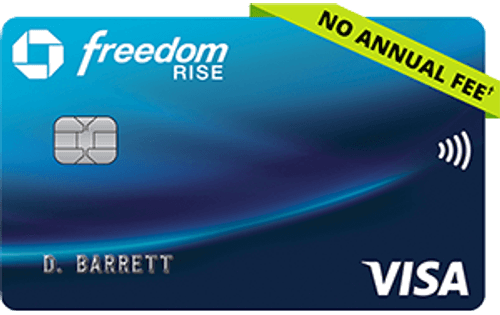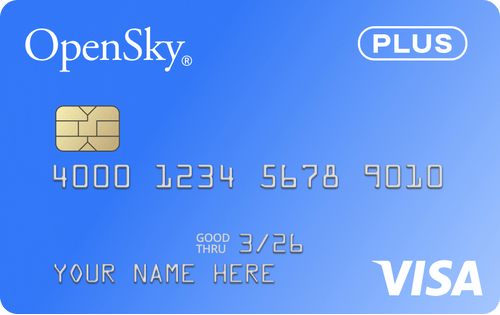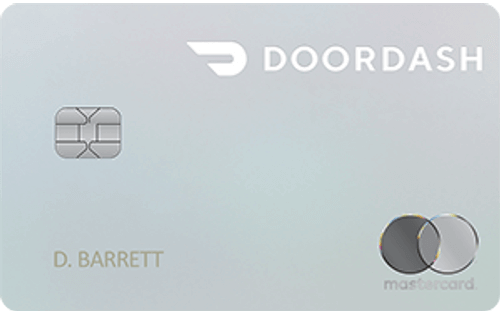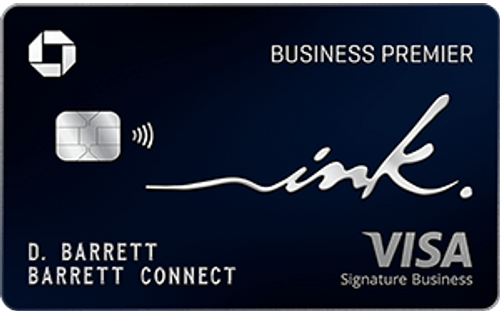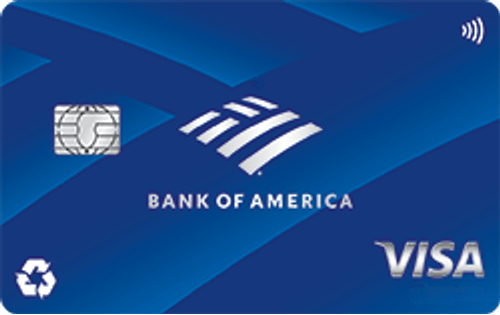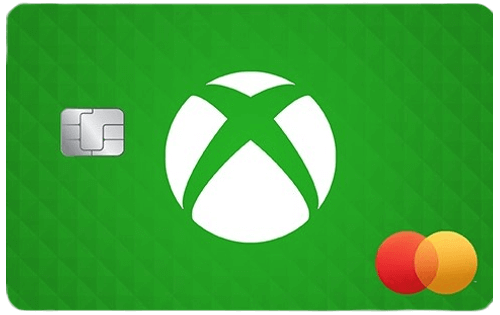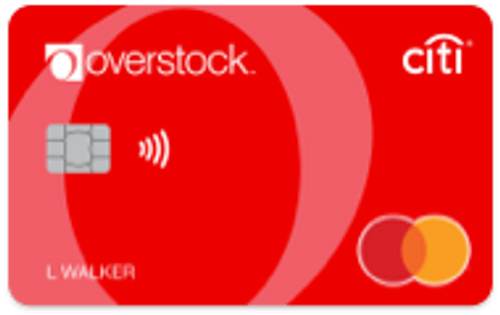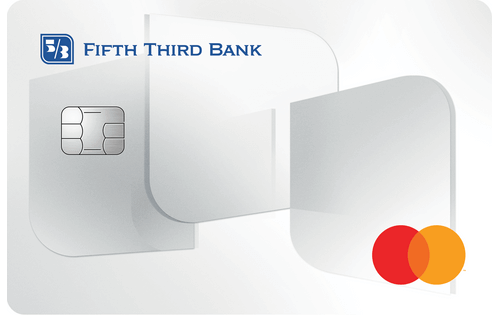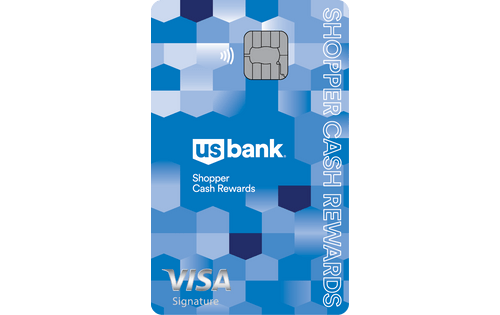- Best new credit cards compared
- New credit card timeline
- Methodology
- Sources
- About the author
- User questions & answers
Best new credit cards compared
| Credit Card | Best For | Annual Fee | Credit Score Needed | Launch Date |
| U.S. Bank Business Altitude™ Power World Elite Mastercard® | Business | $195 | Excellent | Jan. 22, 2024 |
| Bank of America® Travel Rewards Secured Credit Card | Below-Average Credit | $0 | Bad | Oct. 2023 |
| USAA Eagle Navigator™ Credit Card | Military Personnel | $95 | Good | Sept. 27, 2023 |
| Xbox Credit Card | Xbox Rewards | $0 | Good | Sept. 21, 2023 |
| Chase Freedom Rise℠ | Beginners | $0 | Limited History | June 14, 2023 |
| TD Clear Visa Platinum Credit Card | No Interest | $20 monthly membership fee | Excellent | May 9, 2023 |
| OpenSky® Plus Secured Visa® Credit Card | No Credit Check | $0 | Bad | March 27, 2023 |
| DoorDash Rewards Mastercard® | Delivery Rewards | $0 | Good | March 1, 2023 |
| Overstock Credit Card | Online Shopping | $0 | Good | Feb 7, 2023 |
| U.S. Bank Shopper Cash Rewards Visa Signature® Card | Customizable Rewards | $0 intro 1st yr, $95 after | Excellent | Oct 24, 2022 |
| Ink Business Premier® Credit Card | Business Rewards | $195 | Good | Oct. 10, 2022 (soft launch Dec.‘21 ) |
Newer doesn't necessarily mean better. So we recommend comparing your favorite new credit card offers to the best credit cards in the same category to confirm you're saving as much as possible. You'd also be wise to check out the latest deals and promotions available from established credit card brands for the same reason.
For more information about how to make your final selection, consult our guide on how to pick the right credit card for your needs. You can get a feel for the rate at which new credit cards launch from the timeline below.
New Credit Card Timeline
Methodology for Selecting the Best New Credit Card Offers
To identify the best new credit cards, WalletHub's editors monitor major credit card companies for noteworthy new offers. This includes both brand-new credit card offers and cards making a comeback after being unavailable. As new offers hit the market and old offers change, we update both this page and our database of information on 1,500+ credit cards.
Furthermore, we compare each new credit card offer to any other recently released cards with similar features that are competing for the same type of applicant. The key factors used for the comparison depend on the type of card. For example, new rewards cards are typically evaluated based on their expected net earnings after annual fees, whereas APRs are more important for new 0% credit cards. Ultimately, the card with the lowest two-year cost wins.
We also consider the best new credit card offers for inclusion on our other editor's best pages, from the best credit cards with no annual fee to the best travel credit cards.
How Two-Year Cost Is Calculated
Two-year cost is used to approximate the monetary value of cards for better comparison and is calculated by combining annual and monthly membership fees over two years, adding any one-time fees or other fees (like balance transfer fees), adding any interest costs, and subtracting rewards. Negative amounts indicate savings. When fees or other terms are presented as a range, we use the midpoint for scoring purposes.
Rewards bonuses and credits have been taken into account for two-year cost calculations. However, bonuses applicable to only a very small portion of cardholders are not considered. For example, credits and bonuses awarded for spending or redeeming rewards through a company portal with non-co-branded cards have not been taken into account. Similarly, bonuses and credits related to spending with specific merchants using a non-co-branded card have not been taken into account (for example, if Card A offers credits with DoorDash, this feature would not be factored into calculations because it is hard to assess how many cardholders would use the benefit or exactly how much value they'd get from it).
Cardholder Spending Profiles
Given that different users have different goals and are likely to use their credit cards differently, we identified spending profiles that are representative of different users’ financial priorities and behaviors. For each cardholder type, we have assumed a specific amount of monthly spending by purchase type (e.g., groceries, gas, etc.), as well as an average balance, balance transfer amount, amount spent on large purchases and average monthly payment. Spending assumptions are based on Bureau of Labor Statistics data for consumers and PEX data for businesses.
Sources
WalletHub actively maintains a database of 1,500+ credit card offers, from which we select the best new credit cards for different applicants as well as derive market-wide takeaways and trends. The underlying data is compiled from credit card company websites or provided directly by the credit card issuers. We also leverage data from the Bureau of Labor Statistics to develop cardholder profiles, used to estimate cards’ potential savings.


